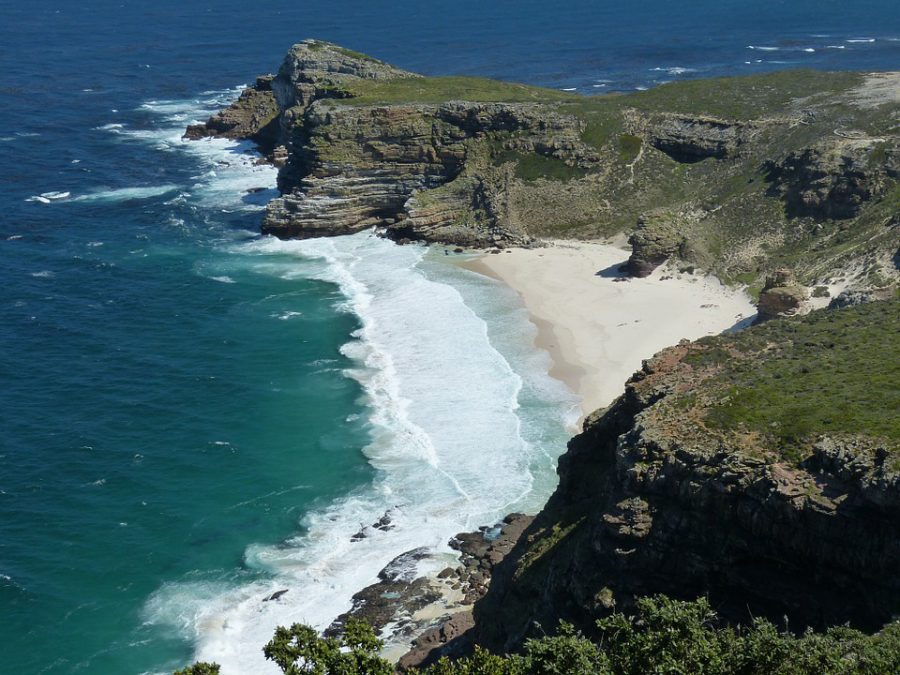Cape Town crisis is a lesson
This is a photo of what the water of Cape Town, South Africa used to look like before the major drought brought down the levels significantly.
Water is something that we, as humans, take for granted. We use it almost every moment of our everyday lives to drink, clean our dishes, take a shower, water our lawns, and so forth. Is it even possible for us to be without it? That is the question those living in Cape Town, South Africa will have to find out.
Cape Town is one of South Africa’s largest cities as well as one of the most populated. The problem started for the entire Western Cape in 2015 due to an intense drought. The drought has only since increased and is the cause of one of the most severe water shortages in history. The city only has less than three months, if things don’t change, until what they call Day Zero, or the day when there is no more water.
The crisis is tragic for all who are affected. Residents have to live with conditions that many of us would deem extreme and unbearable. They have to reuse it many times in order to conserve what little they have. While tap water is safe to use for household actions, people have refrained from drinking it due to sanitary issues. This causes many families to take a trip to a nearby spring to find drinkable water while many of us only have to walk a few feet.
On Feb. 1, the city made it mandatory that all residents only use 50 liters of water per person per day. This was due to too many residents not rationing their water, pushing the city closer to Day Zero.
This shortage exposes the harsh reality on to the world that despite our beliefs, water really is a limited resource. Though people think that 15 minute showers and leaving the faucet running while they brush their teeth don’t account for much, each and every drop should matter. Water being wasted when it’s not being used is water the people in Cape Town wish they could have. There’s something that the world should learned from this tragedy. While it may seem like it’s only their problem, many other cities also suffer from water shortages, including California’s very own Los Angeles. If nothing changes and we don’t decide to better preserve our water, we may have 10 more Day Zeros for cities all across the world.






